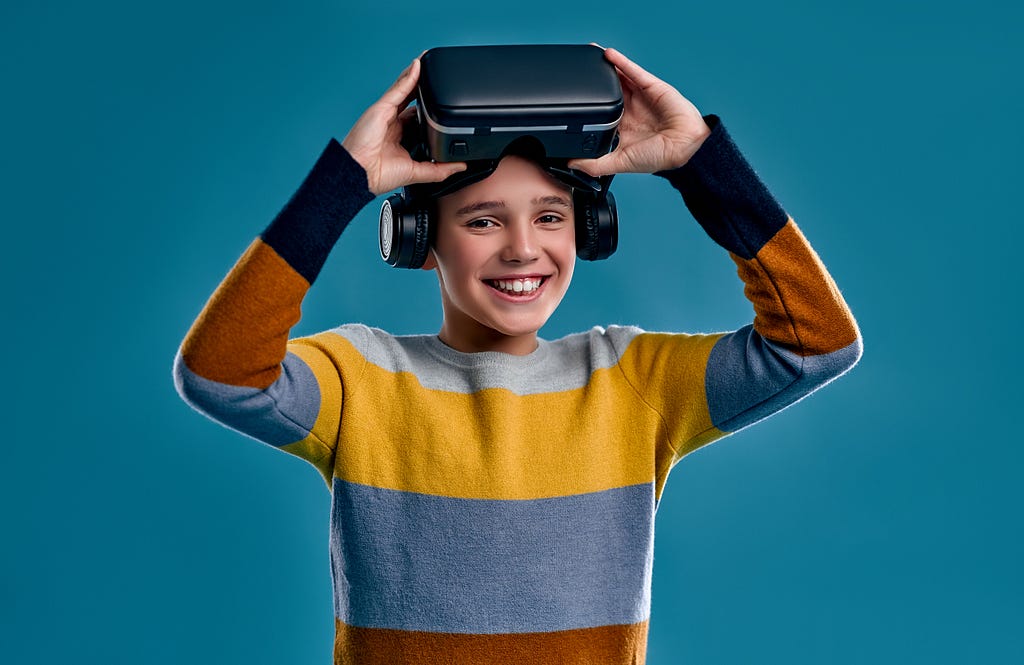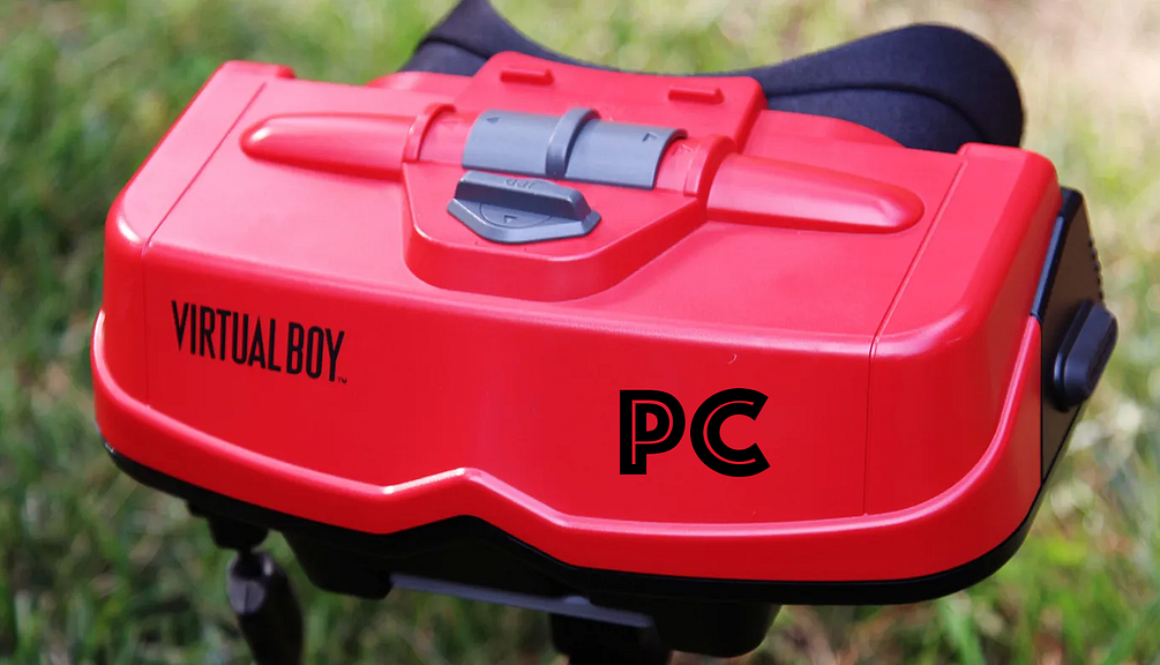Nintendo’s Virtual Boy Disaster: Key UX Lessons for Product Managers
In the mid-1990s, Nintendo was at the pinnacle of the gaming world. And then the giant fell.

Riding high on the success of the NES (Nintendo Entertainment System) and the Super NES, the company was eager to push the boundaries of gaming technology. Enter Hiroshi Yamauchi, Nintendo’s visionary president, who was determined to keep the company far ahead of the competition — perhaps too far.
Under his leadership, Nintendo decided to bet on an audacious project: the Virtual Boy. The Virtual Boy would be a groundbreaking virtual reality (VR) gaming console that promised to revolutionize the gaming experience.
Yamauchi, alongside legendary designer Gunpei Yokoi, envisioned the Virtual Boy as a leap into the future. The idea was to create an immersive 3D experience, unlike anything gamers had seen before. Nintendo aimed to be the first major gaming player in the VR space.
For context on how revolutionary this was at the time, think of how ‘groundbreaking’ VR is still today, more than thirty years later.
The ambition was clear: to deliver an immersive gaming experience that would make players feel like they were stepping into another world.
Living up to the hype… or not.
As a kid, I remember eagerly awaiting the opportunity to try Nintendo’s groundbreaking VR tech with a sense of awe, even though I couldn’t afford it. Every year in the 90s, gaming companies pushed their boundaries. There was always hype about what was just around the corner, but this seemed different.
And then I got my opportunity — a friend convinced his parents to buy him a Virtual Boy.
The result? Crushing disappointment. The hype was just that, hype.

Wait, what!? Where to begin…
The Virtual Boy was unbelievably uncomfortable. Contrary to today’s headsets, it was meant to be stationary, not portable. You had to put your face against it, and it was on a mounted stand. After just a short period, I remember my neck aching — even microbursts of gaming were too much.
Second, the visual experience sucked. An eerie red and black combination made my eyes instantly tired. The Virtual Boy visuals were far from appealing. At that time, games were becoming more vibrant and colorful each year. The Virtual Boy seemed like a step back to the black-and-white pong days.
Imagine VR today in only two colors — it would flop. The 90’s were no different.
Third, the Virtual Boy lacked games. And the games it had were not up to Nintendo’s standard. Most games didn’t even take advantage of the ‘3D’ capabilities. Developers gave up before the Virtual Boy even got started.
Did I mention it was expensive? Targeting a mass market of casual under-18 gamers with a high-priced product was a poor strategic decision.
Uncomfortable, unusable, underdeveloped, and unaffordable. Flop.
Nintendo’s flawed product strategy left the user out of the outcome equation. The outcomes for Nintendo was pushing the frontier of technology, not the experience and entertainment of the user.

Nintendo’s failed product strategy left the back door wide open.
Nintendo’s product strategy for the Virtual Boy was driven by a desire to differentiate and maintain market leadership. At the time, Nintendo prided itself on innovation and unique gaming experiences. The Virtual Boy was seen as the next logical step from the Game Boy, allowing Nintendo to pull light-years ahead.
Yamauchi believed that virtual reality represented the future and that being the first to market with a VR console would attract loyal gamers and new audiences intrigued by the promise of immersive 3D gaming. Ultimately, Nintendo aimed to create a new gaming market to dominate before competitors could catch up.
The aftermath?
The Virtual Boy’s failure was a significant blow to Nintendo. It sold only about 770,000 units worldwide, far below the company’s expectations, tarnishing Nintendo’s reputation. Gunpei Yokoi, the visionary behind the project, left the company shortly after the Virtual Boy’s discontinuation, marking a somber end to his illustrious career at Nintendo.
The Virtual Boy flop also left the backdoor cracked for new entrants.
Sony, which had launched the original PlayStation around the same time as the Virtual Boy, capitalized on Nintendo’s failure by focusing on a more traditional and user-friendly gaming experience. The PlayStation offered superior graphics, a robust game library, and a sleek design, quickly gaining popularity and establishing Sony as a major player in the gaming industry.
The failure of the Virtual Boy also helped push more gamers towards the emerging PC gaming market, where advancements in graphics and processing power were making for increasingly compelling gaming experiences. Companies like Blizzard, id Software, and Valve would go on to create landmark titles that cemented PC gaming as a major force in the industry.

Here are some lessons learned…
Every failure leads to an opportunity to learn.
As an early user, Nintendo fan, and product leader, I can confidently say the failure of the Virtual Boy is no exception.
Lesson 1: Remember that the user must enjoy using the product. An uncomfortable design for a new product that delivers a subpar experience isn’t a way to create a set of raving fans in a new market. While there needs to be balance between shipping and perfection when launching a new product, you should always put user comfort first. If a new product is familiar and comfortable, users can forgive some other sins while you iterate. On the other hand, cool wears off quickly when the user doesn’t find the product usable.
Lesson 2: Make sure there is a reason to return. If the user experience is subpar, give them a reason to come back and try again. A weak library of games was a nail in the coffin for Virtual Boy — it was unsustainably thin. Without new games to try, users had no reason to return for round two.
Lesson 3: Don’t push the boundaries just because. The Virtual Boy should never have existed. The technology wasn’t mature enough for the consumer market — it should have remained in the prototype phase for much longer. A bulky, single-color virtual reality headset seemed a desperate attempt to ship rather than a product to be proud of.
Let’s balance ambition with practicality.
The Virtual Boy reminds us of the challenges that can come with new technology. While pushing the boundaries of what’s possible is critical, pushing the boundaries at the expense of the user is never a good strategy.
Like many gamers, I was genuinely excited to try the Virtual Boy. To experience the future. I was also genuinely happy I didn’t purchase it.
For product managers, Virtual Boy underscores the importance of balancing ambition with practicality, focusing on the user, creating a reason to return, and ensuring high-quality execution.
The Virtual Boy’s missteps are a powerful lesson for product teams. Innovation cannot trump user value, engagement, and experience.
Nintendo’s Virtual Boy Disaster: Key UX Lessons for Product Managers was originally published in Product Coalition on Medium, where people are continuing the conversation by highlighting and responding to this story.
